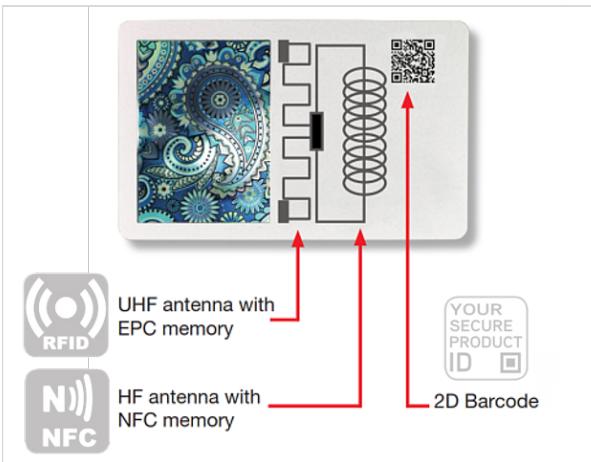2.3 Nuclear and other analytical techniques
2.3.2 Accelerator Mass Spectrometry Technology submission 8 This submission focuses on the analysis of food components through the use of isotopes to identify the geographical origin of products. Stable isotope signatures of elements related to life (traditionally C, N, S, Fe; but most recently also Ca, Cu, Zn, Mo and Cl) are important biomarkers since they enable the acquisition of key information on the biological origin of organic remains, the metabolic pathways of formation and degradation of organic matter and related biominerals, as well as environmental conditions at the time of deposition. Food is typically formed by bio-organic materials whose elemental constituents (mainly carbon, oxygen, nitrogen and sulphur) have different stable isotopes. Though different isotopes of the same element have the same number of electrons (and then form the same compounds), fractionation effects are possible during biochemical/biological/geochemical processes. Different isotopes of the same elements can show different relative partitioning between two coexisting phases in a natural system. The accurate measurement of the abundance of a certain isotope can then provide important information about the underlying biological/biochemical/geochemical processes. For instance, carbon isotopic ratios in animal tissues and derived products are strongly influenced by animals’ diet. Nitrogen isotopic values can be used to obtain information about soils, the kind of vegetation and the climate of the area where animals lived, and derived food products were obtained. Oxygen and hydrogen isotopes determined in animal tissues and products supply information about water sources and geographical origin. Different isotopes can give different information about the product (e.g., oxygen to identify the dilution of beverages and origin, carbon to identify adulteration, nitrogen to identify the origin and the use of fertilizer, sulphur to identify the origin, hydrogen to identify dilution and origin, and C-radiocarbon to identify dating). The solution is based on the development and use of a multi-isotope approach, based on the simultaneous determination of the isotopic signature for different isotopes (H, C, N and S) to develop a powerful tool to assess the quality and the provenance of food products and to identify isotopic fingerprints for different types of food products and their geographical origin. For this purpose, techniques based on stable isotope determination are complemented with those based on the measurement of the content of 14C (radiocarbon) by using Accelerator Mass Spectrometry (AMS). The large difference in terms of isotopic signature between fossil-derived and bio-derived carbon-based products can be effectively used to identify the presence of illicit fossil sources of carbon in food products. The multi-isotope approach can be used to: 1) Assess the quality of the products. 2) Assess or certify the geographical origin of the products. 3) Identify contaminations (synthetic substances/compounds). 4) Identify dangerous agents. In this context, the isotopic fingerprint can be used to identify and trace the origin of fraudulent products and then provide a solid basis for investigators to trace back the actors of the fraud, serving as a tool for control and investigation authorities. Submission received from the Centre for Applied Physics, Dating and Diagnostics Department of Mathematics and Physics of the University of Salento (CEDAD)
68











